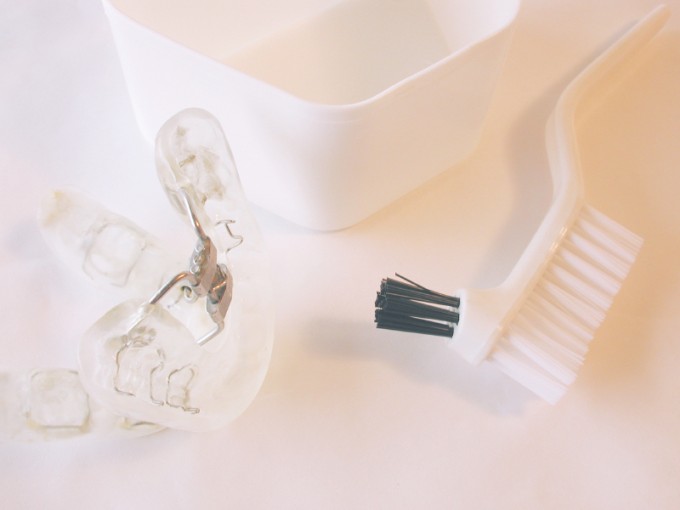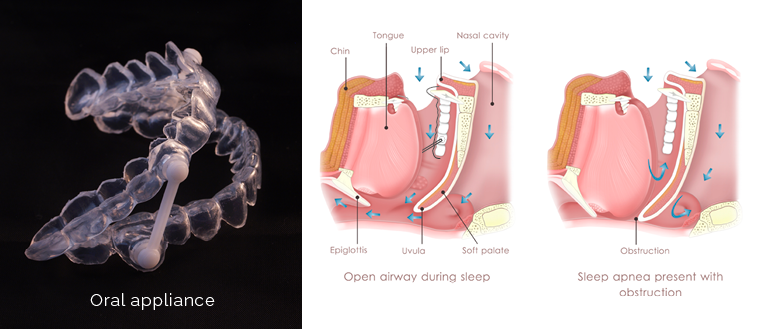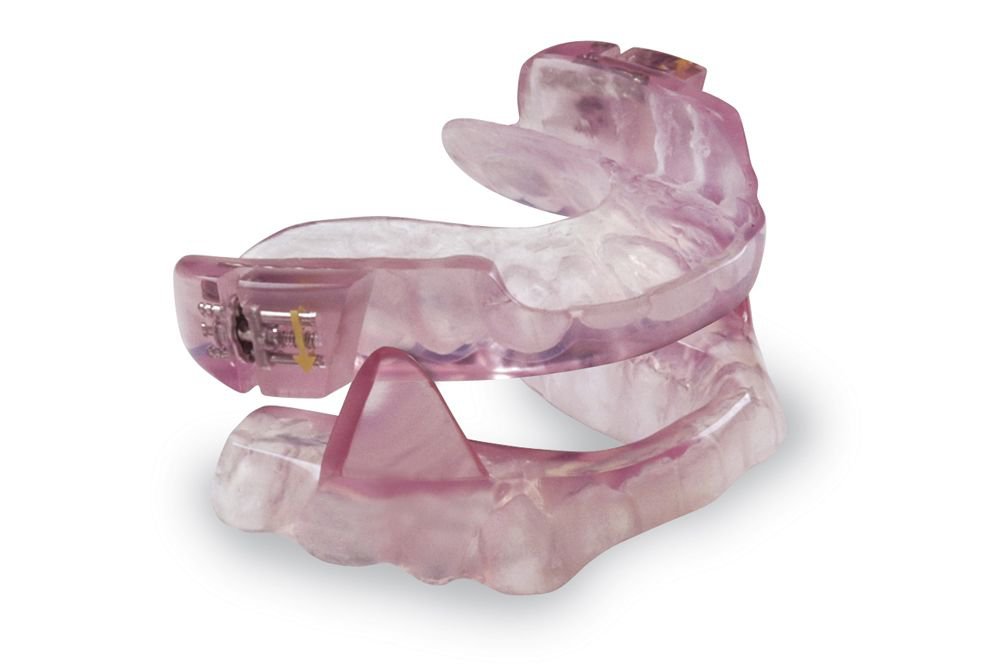Oral appliances for treating sleep apnea
Table of Contents
Table of Contents
Dental appliances for sleep apnea are a popular choice for individuals who struggle with nighttime breathing problems and daytime sleepiness. The devices are designed to help alleviate symptoms associated with sleep apnea, allowing for a more restorative and rejuvenating sleep cycle
Living with sleep apnea can be a challenging experience. Snoring, gasping for air, and interrupted sleep cycles can leave individuals feeling groggy and exhausted during the day. Dental appliances provide a non-invasive and effective solution for treating sleep apnea and managing the associated symptoms.
The goal of dental appliances for sleep apnea is to help keep the airway open while an individual sleeps. By repositioning the jaw and/or tongue, the devices help to prevent breathing disruptions and improve the quality of sleep. These appliances can also help to reduce snoring, improve breathing, and decrease the risk of long-term health complications associated with sleep apnea.
In summary, dental appliances for sleep apnea are a viable treatment option for individuals who experience nighttime breathing disruptions and daytime sleepiness. These devices work by repositioning the jaw and/or tongue, helping to prevent breathing disruptions and improve the quality of sleep. With their non-invasive nature and effectiveness, dental appliances provide a convenient and practical solution for managing sleep apnea symptoms and improving overall health.
Personal Experience with Dental Appliances for Sleep Apnea and Treatment Sleep Apnea and Daytime Sleepiness
As someone who struggled with sleep apnea for years, I can attest to the transformative power of dental appliances. After trying a variety of treatments, from medication to CPAP machines, my dentist recommended a dental appliance. Not only did it help to alleviate my sleep apnea symptoms, but it also improved the quality of my sleep and gave me more energy during the day. I highly recommend dental appliances to anyone who struggles with sleep apnea and related symptoms.
Types of Dental Appliances for Sleep Apnea and Treatment Sleep Apnea and Daytime Sleepiness
There are several types of dental appliances available for treating sleep apnea, each designed to accommodate varying degrees of airway obstruction and individual needs. Some of the most common appliances include:
 1. Tongue Retaining Devices: These appliances work by holding the tongue in a forward position, helping to keep the airway open and reduce the risk of breathing disruptions.
1. Tongue Retaining Devices: These appliances work by holding the tongue in a forward position, helping to keep the airway open and reduce the risk of breathing disruptions.
2. Mandibular Advancement Devices: These devices reposition the lower jaw forward, helping to keep the airway open and reduce the risk of breathing disruptions.
3. Hybrid Devices: These appliances combine elements of both tongue retaining and mandibular advancement devices, providing a versatile and effective treatment option for those with sleep apnea.
Side Effects of Dental Appliances for Sleep Apnea and Treatment Sleep Apnea and Daytime Sleepiness
While dental appliances are generally safe and effective for treating sleep apnea, they can cause side effects in some individuals. The most common side effects include jaw discomfort, dry mouth, and excessive salivation. These symptoms can often be managed by adjusting the device or using additional measures, such as a humidifier or mouth lubricant.
Frequently Asked Questions about Dental Appliances for Sleep Apnea and Treatment Sleep Apnea and Daytime Sleepiness
Q: Do dental appliances hurt?
A: While dental appliances can cause some discomfort in the jaw and mouth, most individuals find that the benefits of the device far outweigh any temporary discomfort.
Q: Do dental appliances cure sleep apnea?
A: While dental appliances can effectively treat sleep apnea symptoms, they do not cure the underlying condition. It’s important to continue using the device as recommended by a dental professional.
Q: How do I care for my dental appliance?
A: Dental appliances should be cleaned regularly with non-abrasive toothpaste and a soft toothbrush. Additionally, it’s important to store the device in a dry, cool location and avoid exposing it to extreme temperatures or direct sunlight.
Q: Can I still sleep on my side with a dental appliance?
A: Yes, dental appliances are designed to allow for comfortable sleeping in any position.
Conclusion of Dental Appliances for Sleep Apnea and Treatment Sleep Apnea and Daytime Sleepiness
Overall, dental appliances offer a safe, effective, and non-invasive treatment option for individuals who struggle with sleep apnea and related symptoms. With their ability to improve breathing, reduce snoring, and enhance the quality of sleep, dental appliances represent a powerful tool for improving overall health and wellness.
Gallery
Holly Springs, Raleigh Dental Sleep Apnea | Klooster Family Dentistry

Photo Credit by: bing.com / apnea orthotic disorder lower tmj retainer dentistry shifts airway
Sleep Apnea | Union Hills Family Dentistry

Photo Credit by: bing.com / sleep apnea oral dental appliance appliances uthsc invasive medicine offers solutions non center untitled
Sleep Apnea Therapy | OSA Treatment | Albany, NY | Dental Appliance

Photo Credit by: bing.com / sleep apnea appliance oral therapy look
Oral Appliances For Treating Sleep Apnea - My Sleep Apnea MD

Photo Credit by: bing.com / apnea dental tand snore mouthpiece airway snoring spear toestel disorders treating profession occlusion role tmj prothese 牙齿 呼吸 休眠 工具
Best Dental Appliances For Obstructive Sleep Apnea - Home & Home

Photo Credit by: bing.com / apnea obstructive




